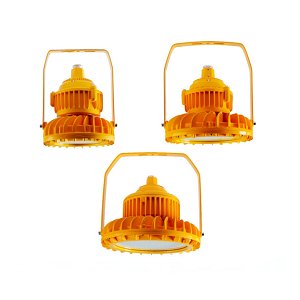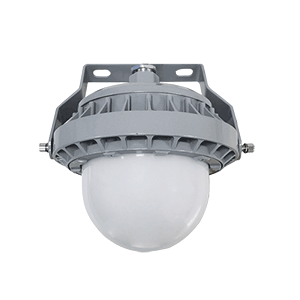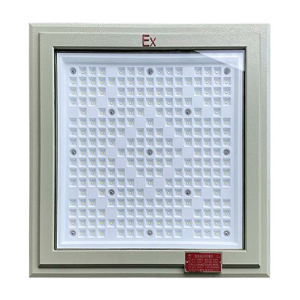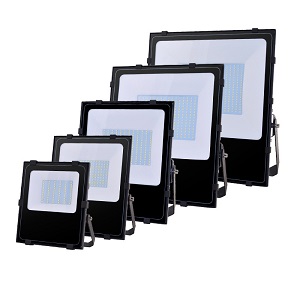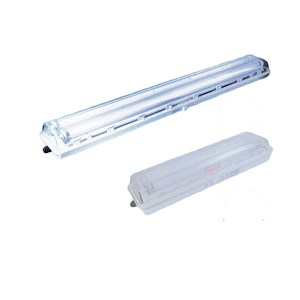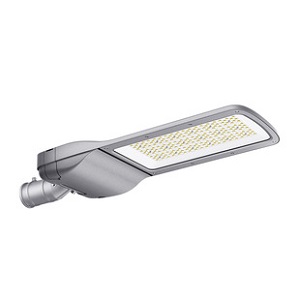Comprehensive Guide to GB 3836-2021 Explosion Protection Types: Principles, Applications, and EPL Ratings

Keywords: Explosion protection types, GB 3836-2021 standard, hazardous area equipment, EPL ratings, explosion-proof electrical devices
Introduction: Why Do Explosion Protection Standards Matter?
In high-risk industries such as oil and gas, chemical plants, and mining, electrical equipment operating in explosive atmospheres requires rigorous safety measures. China’s GB 3836-2021 Explosive Atmospheres standard, equivalent to the IEC 60079 series, defines 9 explosion protection methodologies. This guide breaks down the technical principles, applications, and Equipment Protection Levels (EPL) for each type, empowering professionals to select compliant and effective solutions.
Part 1: Technical Analysis of 9 Explosion Protection Types
1. Flameproof Enclosure (Ex d)
- Principle: Contains internal explosions within a reinforced housing; flame quenching via precision gaps
- Critical Design:
- Joint gap ≤0.2 mm
- Housing withstands ≥1.5× maximum explosion pressure
- EPL Ratings:
- Ex da: Ga/Ma (highest safety)
- Ex db: Gb/Mb
- Ex dc: Gc
- Applications: Explosion-proof motors, high-voltage switchgear, mining lighting systems

2. Intrinsic Safety (Ex i)
- Principle: Limits circuit energy below ignition thresholds
- Safety Levels:
- Ex ia: Safe with 2 faults (Ga)
- Ex ib: Safe with 1 fault (Gb)
- Ex ic: Safe during normal operation (Gc)
- Typical Devices: Gas detectors, PLC modules, fieldbus instruments
3. Increased Safety (Ex e)
- Design Focus:
- Terminal blocks with IP54+ protection
- 20°C safety margin for winding temperatures
- EPL Ratings: Ex eb (Gb), Ex ec (Gc)
- Use Cases: Explosion-proof junction boxes, Ex e motors (combined with Ex d)
4. Pressurized Enclosure (Ex p)
- Operating Modes:
- px: Continuous purging to eliminate explosive gas
- py: Internal pressure >200 Pa above ambient
- pz: Low-pressure protection
- Challenges: Requires gas supply systems; higher maintenance costs
- Examples: Offshore platform control cabinets, chemical plant DCS cabinets
5. Specialized Protection Types Comparison
| Type | Technical Principle | EPL | Typical Equipment |
|---|---|---|---|
| Oil-Immersion (Ex o) | Arc suppression via oil insulation | Gb | Mining transformers |
| Powder Filling (Ex q) | Quartz sand absorbs blast energy | Gb | Explosion-proof capacitors |
| Encapsulation (Ex m) | Epoxy resin seals hazardous parts | Ga/Gb/Gc | Intrinsic safety modules |
| Non-Sparking (Ex n) | Spark-free structural design | Gc | Low-voltage lighting |
Part 2: EPL Ratings Demystified
Hazardous Zone Compatibility Matrix
| Zone | Zone 0 (Continuous risk) | Zone 1 (Intermittent) | Zone 2 (Rare) |
|---|---|---|---|
| Required EPL | Ga/Ma | Gb/Mb | Gc |
| Fault Tolerance | Double faults | Single fault | Normal operation |
Implementation Examples:
- Zone 0: Mandatory Ex ia/Ex ma devices
- Zone 1: Ex d, Ex p, or Ex ib solutions
- Zone 2: Cost-effective Ex ec/Ex n options
Part 3: 5 Rules for Selecting Explosion Protection
- Environmental Match: Prioritize zone classification (0/1/2)
- Device Compatibility: Avoid Ex m in high-vibration areas; prevent Ex d flange corrosion
- Lifecycle Costs: Ex p requires gas system upkeep; Ex i simplifies maintenance
- Certification Compliance: Verify Ex certification marks (e.g., CNEx XX.XXXX)
- Hybrid Solutions: Common combos like “Ex d+e” motors, “Ex i+p” control panels
Part 4: Industry Trends and Innovations
- Smart Integration: AI diagnostics in Ex i devices
- Advanced Materials: Nano-composite resins enhance Ex m temperature limits
- Global Certifications: Harmonizing GB 3836-2021 with ATEX/IECEx
الخاتمة
GB 3836-2021 establishes a robust framework for explosion protection through diversified technologies. Professionals must balance operational requirements, maintenance capabilities, and budgets to optimize safety. Regular training (e.g., IECEx courses) ensures compliance with evolving standards.
